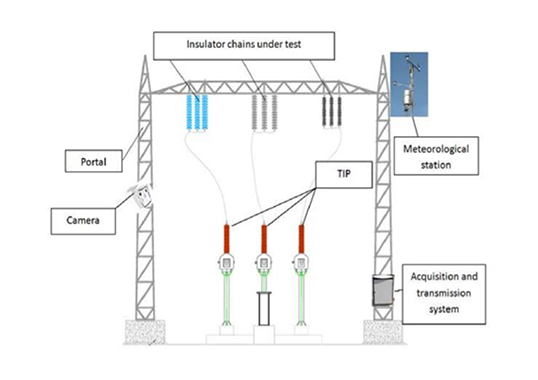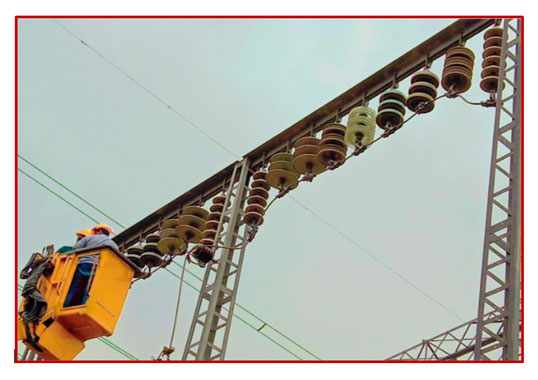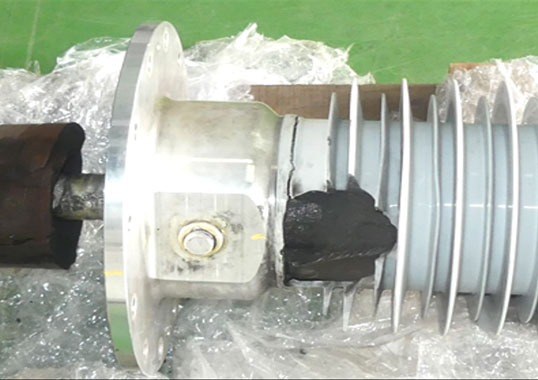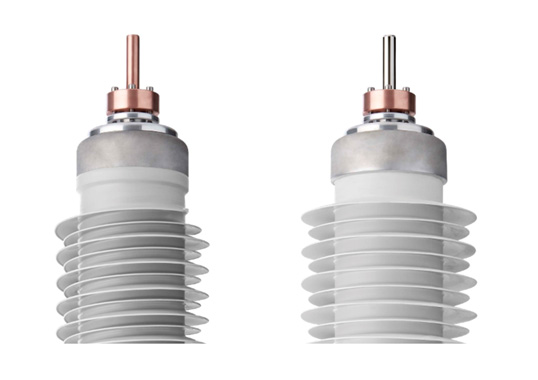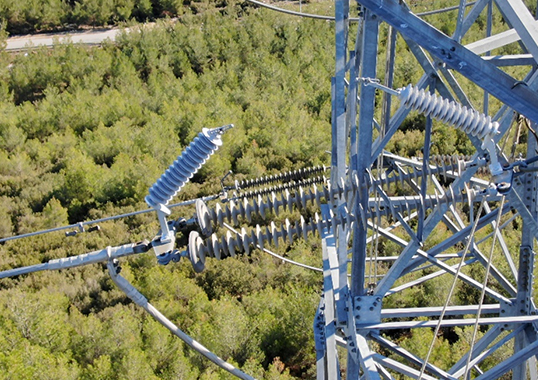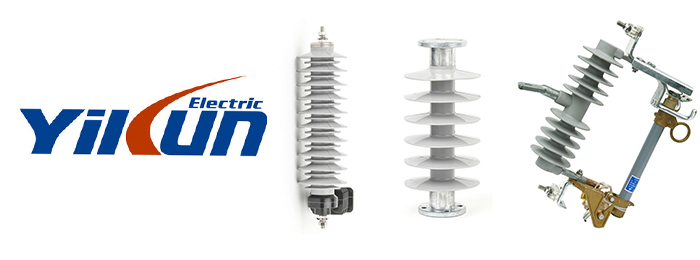Overview of Impact and Mitigation of icing on Power Network Equipment by Masoud Farzaneh
Environmental stresses on overhead lines can heavily impact overall system performance. For example, high levels of surface contamination due to salt deposits and other types of pollutants can cause surface discharges on insulators with consequent possible service interruptions. Severe pollution conditions are detected in several regions of the globe and, if anything, only seem to be occurring with increasing frequency and intensity due to progressive climate change. For this reason, pollution considerations have great impact on long-term power system strategy, overhead line design, maintenance planning, daily operation and, eventually, emergency and resilience management. The first part of this presentation is dedicated to application of RTV silicone coatings to limit the effects of pollution on line insulators. Two alternative approaches are addressed: partial coating of insulators to enhance pollution performance through hydrophobic properties that inhibit formation of a continuous wet pollution layer; and super-hydrophilic coatings and treatments to facilitate permanent natural insulator washing, thereby impeding build-up of a pollution layer. The second part of the presentation is devoted to line conductors and ground wires and their behaviour under conditions of wet snow conditions. Different solutions to mitigate formation of snow sleeves are addressed through identification of the most influential parameters and materials based on tests conducted both in the laboratory and in the field.

